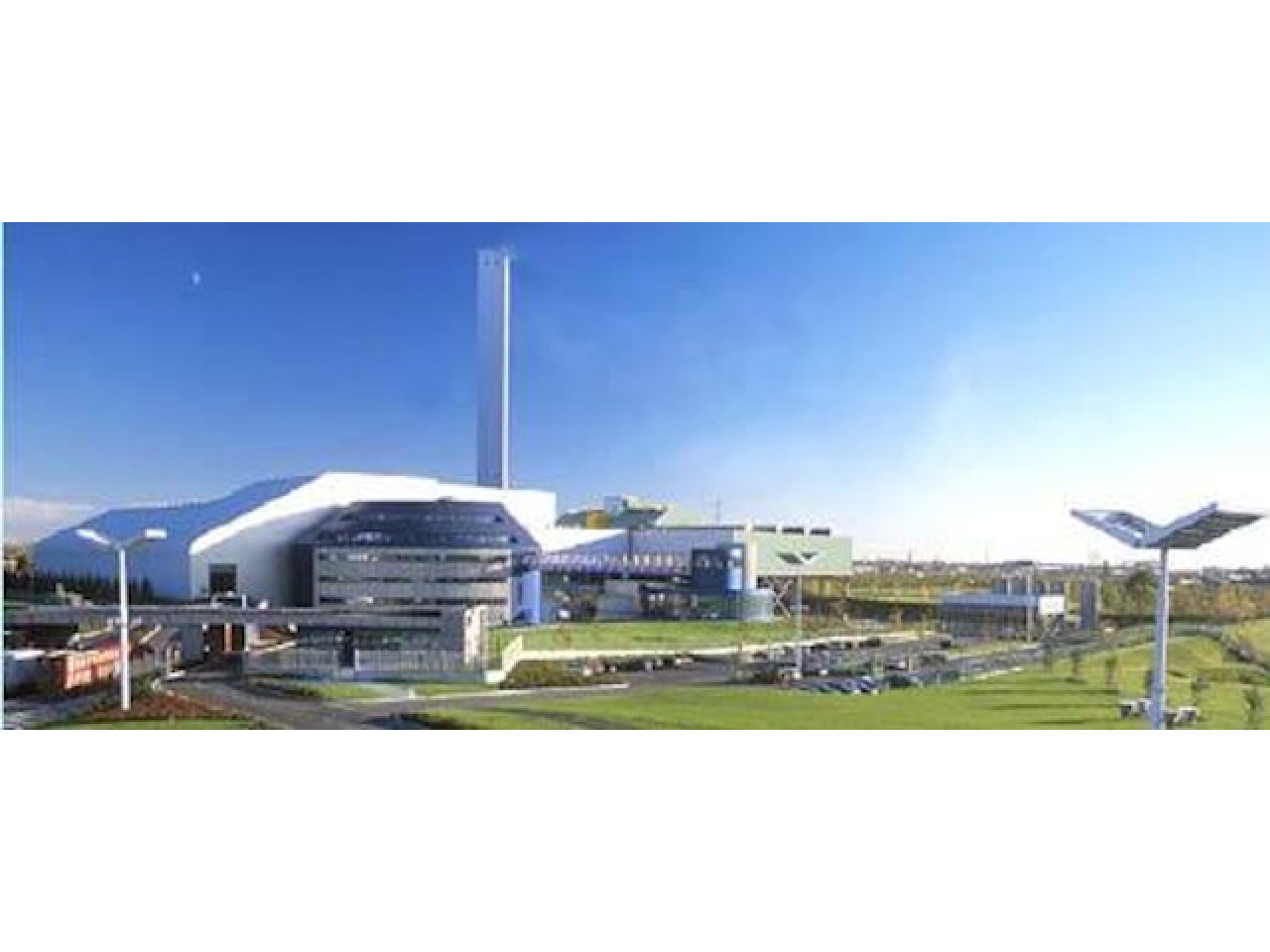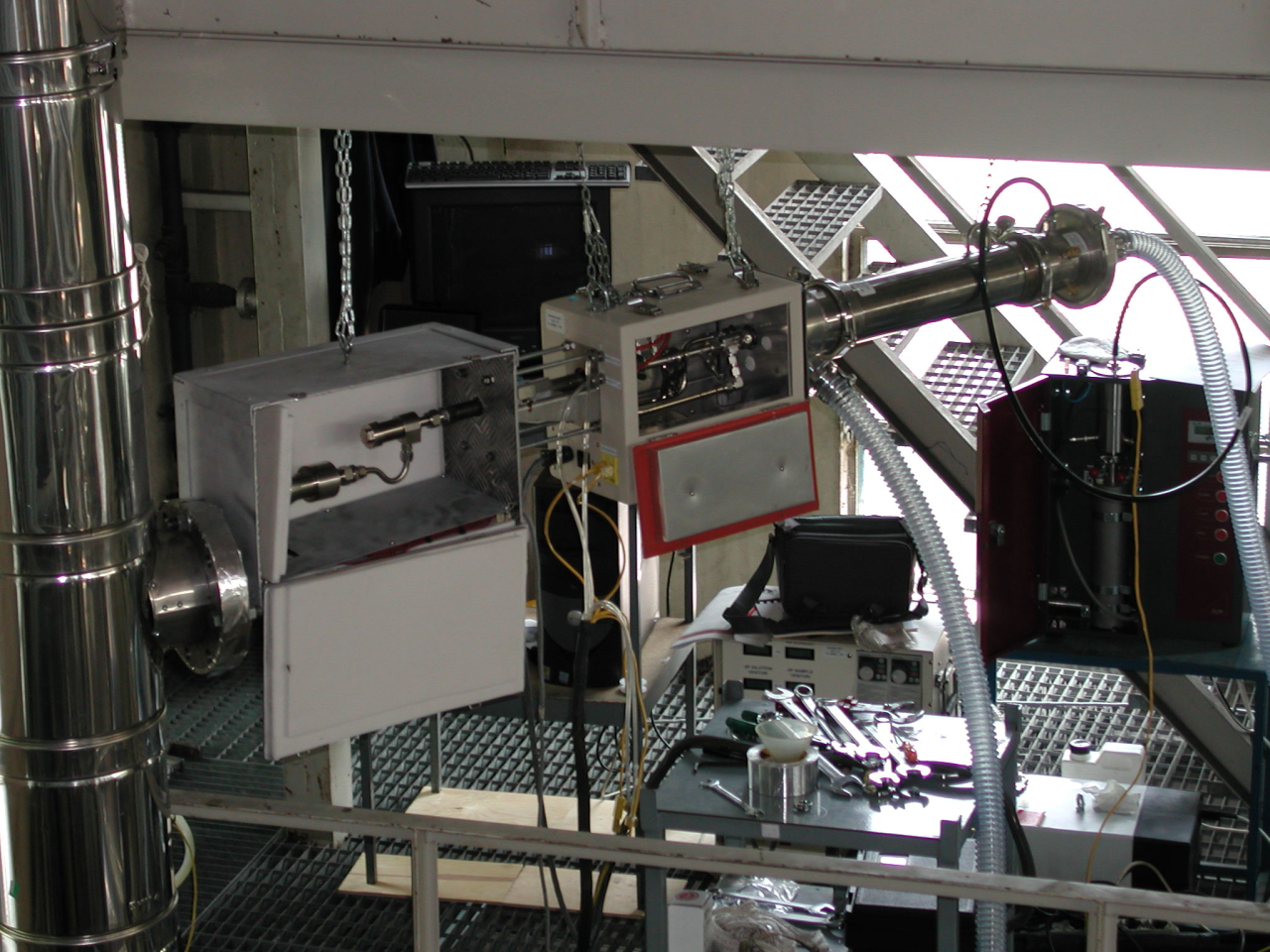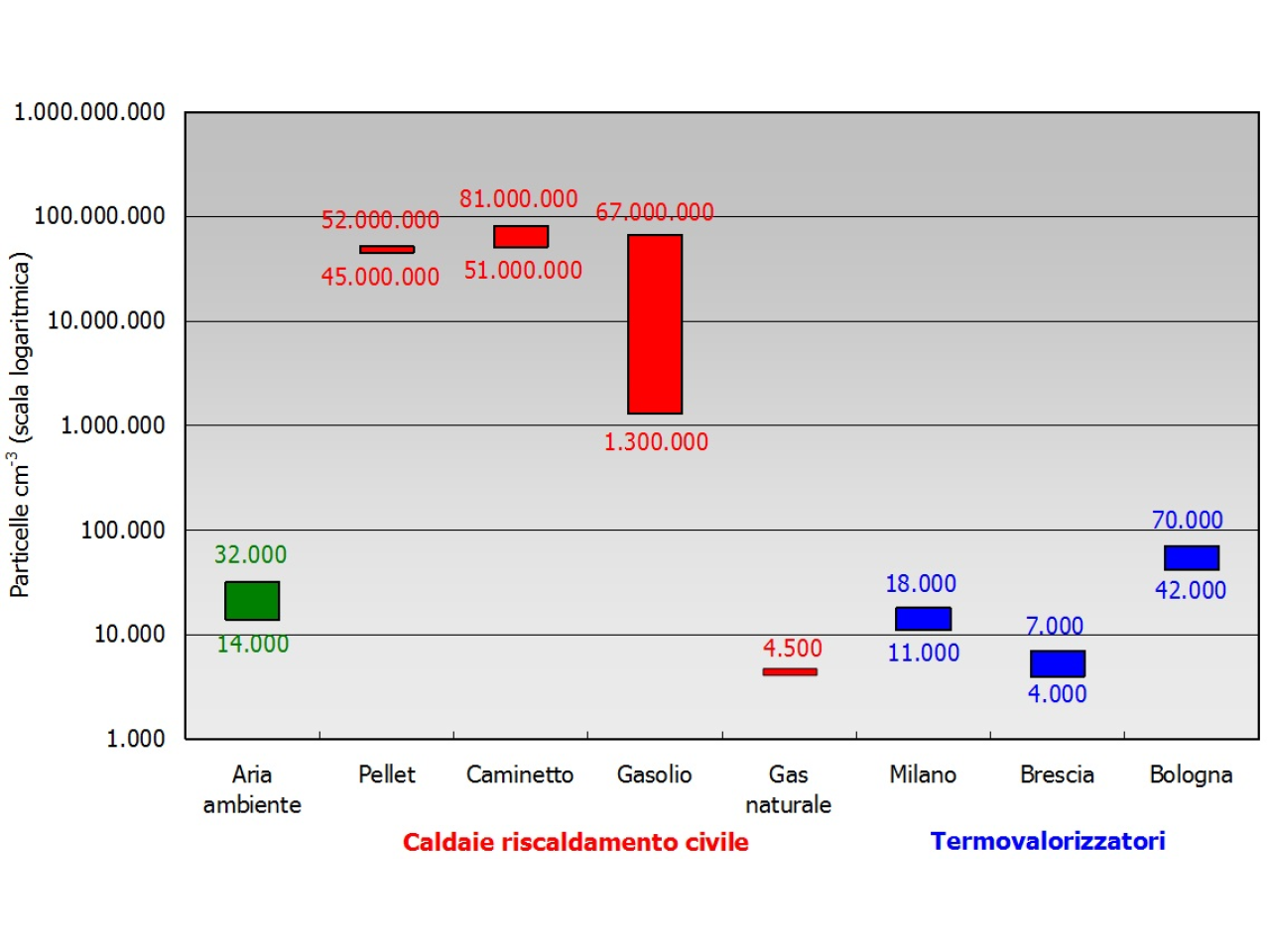On site surveys to assess emissions from combustion processes in stationary plants (small thermal power plants for building heating fuelled by wood, pellet, oil and gas and industrial plants for WTE incineration of waste), ultrafine particulate capture efficiency by fabric filters and for the chemical characterisation of ultrafine particulate and nanoparticulate emitted by waste to energy plants. The study assesses the phenomenology, consistency and potential implications of fine and ultrafine particulate emissions from combustion plants, from the minimum detectable of few nanometres to the 10 micron limit.
 The Brescia WTE incinerator, plant among those investigated within the project
The Brescia WTE incinerator, plant among those investigated within the project
Due to its microscopic size and negligible contribution to the total emission mass the nanoparticulate cannot be measured with the instrumentation normally used to measure fine dusts. In order to detect its presence, it is necessary to resort to advanced techniques and instrumentation, only recently deployed following the development of nanotechnology.
Characterisation of the emissions of any stationary combustion plant that requires an assessment of its nanoparticle emission levels. For instance: firms manufacturing boilers fired with different types of fuel (natural gas, pellet, wood); companies operating medium-large sized production plants of electrical and/or thermal power (waste to energy incinerators, biomass power stations).
 Example of sampling system used to measure nanodusts
Example of sampling system used to measure nanodusts
Monitoring at Federambiente plants
Federambiente is the Italian federation of multiutilities. For Federambiente, the laboratory has followed the monitoring of nano and ultra-particle emissions starting from its design. After critical analysis of the knowledge available in the literature on the phenomenology of fine dusts formation and emission, and their potential effect on human health. At the same time, an experimental survey was carried out to assess the emissions from combustion processes, sampling techniques as well as the efficiency of any fume treatment systems implemented in the plant covered by the study. Lastly, the laboratory dealt with the measurements for the quantitative and qualitative characterisation of ultrafine particulate and nanoparticles generated by the combustion system. For this aim a specific sampling and analysis line was developed. The nanodust concentrations in emissions from the smokestacks of WTE incinerators are comparable with those in ambient air, if not lower, and slightly higher than those detected in the flue gas of natural gas boilers for domestic heating, and are no less than 100 times lower than those of flue gas from wood pellet or oil boilers and closed fireplaces.
Federambiente Politecnico di Milano Regione Emilia-Romagna Stazione sperimentale per i combustibili Università degli studi di Parma Università degli studi di Brescia
S. Ozgen, G. Ripamonti, S. Cernuschi, M. Giugliano. Ultrafine particle emissions for municipal waste-to-energy plants and residential heating boilers. Reviews in Environmental Science and Biotechnology 2012; 11 (4), 407-415. S. Cernuschi, M.Giugliano, S.Ozgen, S.Consonni. Number concentration and chemical composition of ultrafine and nanoparticles from WTE (waste to Energy) plants. Science of the Total Environment 2012; 420, 319-326.
 Results obtained: emitted particles by the monitored combustion plants
Results obtained: emitted particles by the monitored combustion plants

